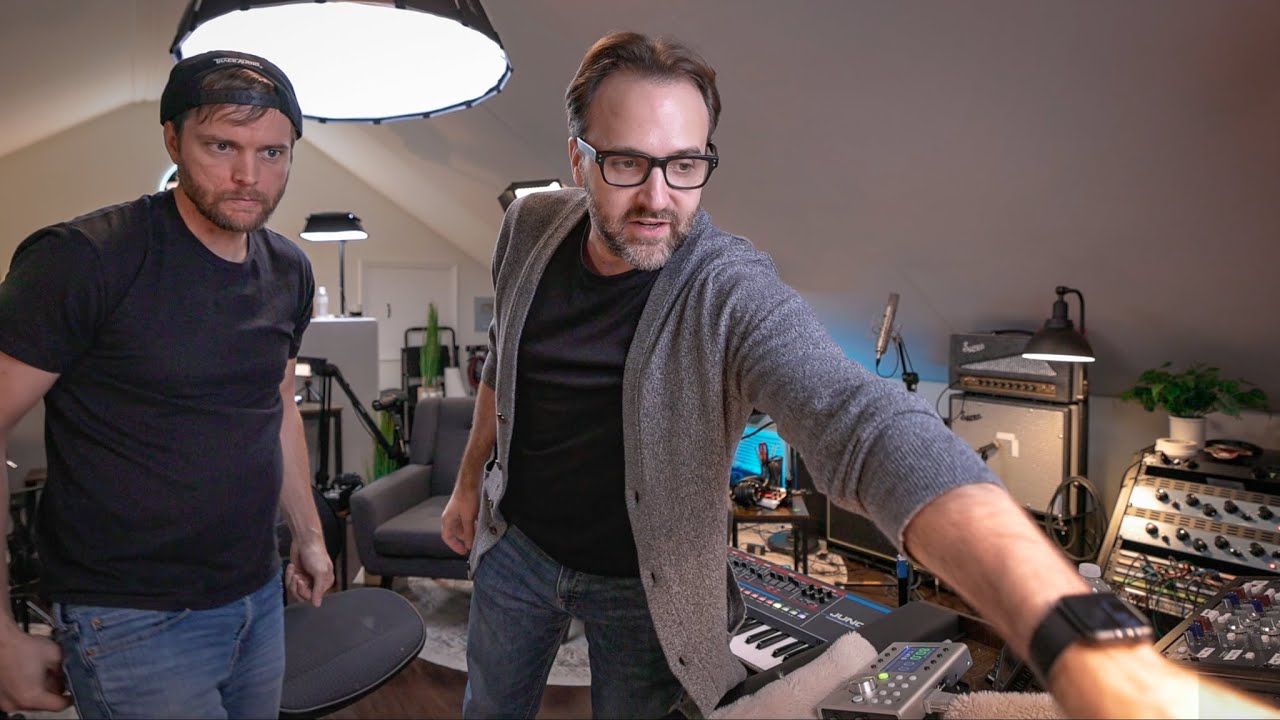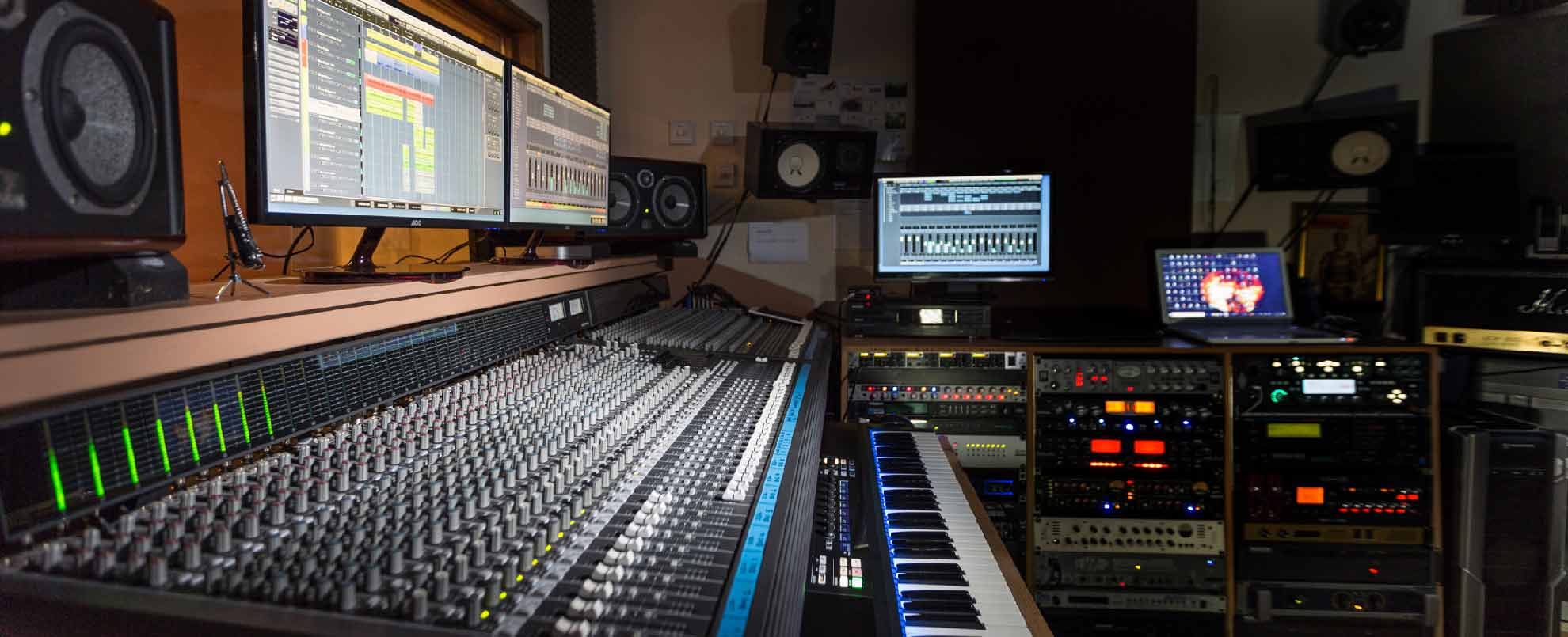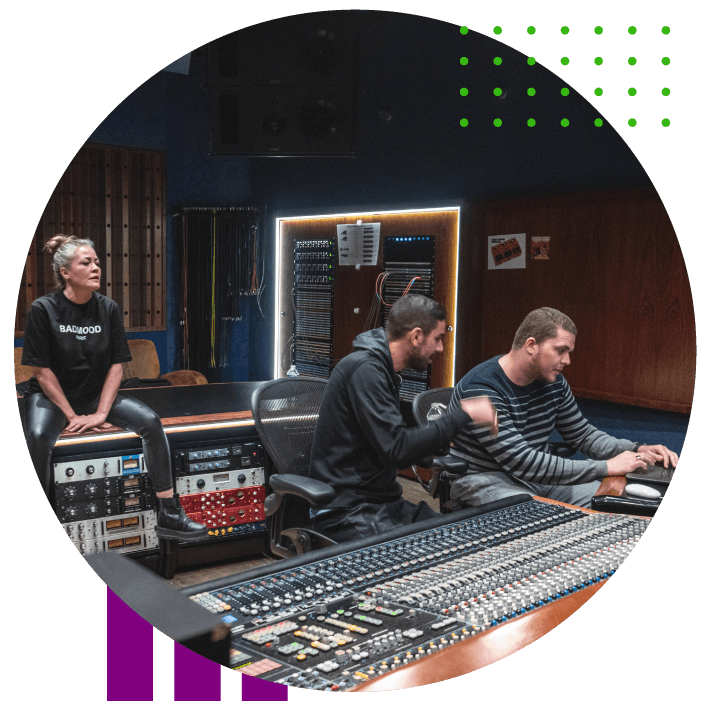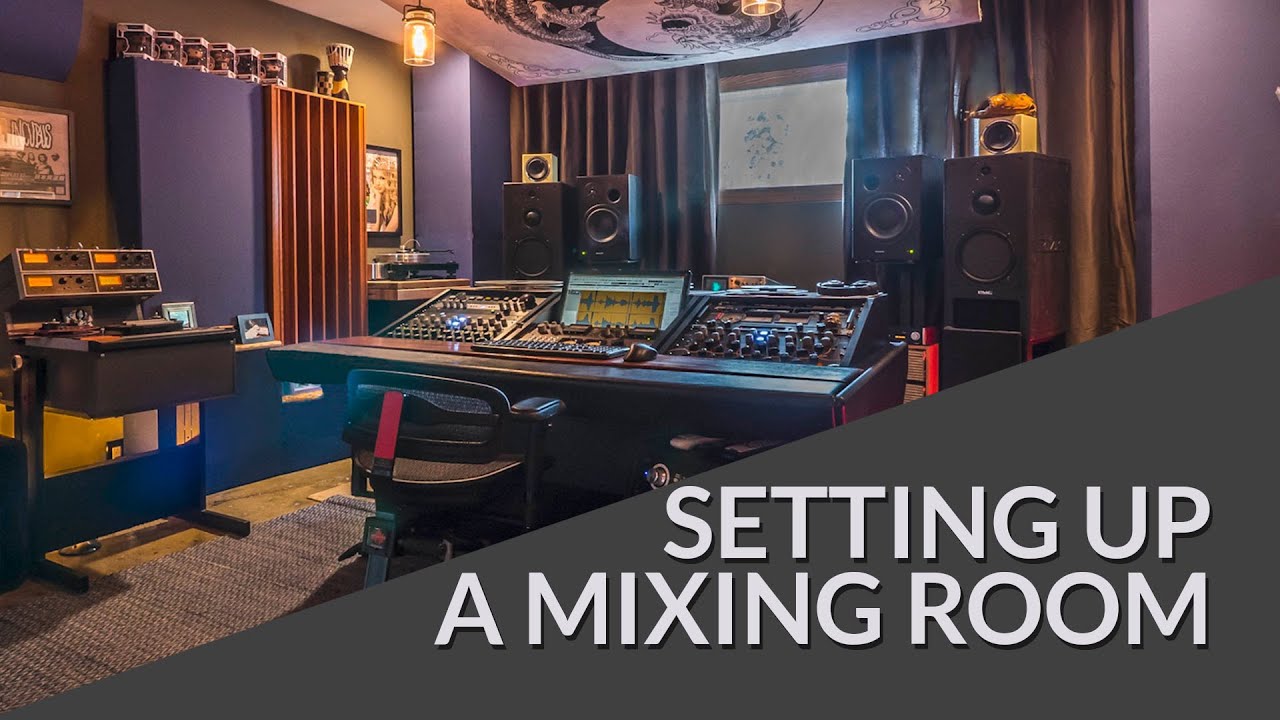Creating the Optimal Environment for Audio Mastering Success
The process of audio mastering is crucial in producing professional-sounding music, podcasts, or video content. Mastering can make or break the final outcome, so it’s essential to have the perfect environment. This guide will present tips and strategies for setting up a space that fosters audio mastering success, ensuring that your projects reach their full potential.
Identifying the Ideal Space for Your Studio
The first step in creating an optimal mastering environment is picking the proper location. An ideal space should be free from outside noise, such as traffic or neighbors, and should preferably be a dedicated room separate from other living spaces to avoid disturbances. A space with minimal windows and doors is also preferable as it enhances soundproofing and acoustic control.
Acoustic Treatment for Precise Listening
Acoustic treatment is an essential part of a mastering environment. By treating your room correctly, you can achieve a flat and neutral frequency response, helping you make accurate decisions when mastering audio. The following steps will guide you through the process:
1. Adding Absorption Panels:
Install absorptive materials, such as fiberglass or foam panels, on walls and ceilings to minimize reflections and echoes. This step significantly improves the clarity and definition of audio while giving it a well-balanced frequency response.
2. Bass Traps:
Place bass traps in the room corners to manage low-frequency resonance. These traps prevent the buildup of bass frequencies, resulting in cleaner and accurate low-end reproduction.
3. Diffusion:
Add diffusers to the space to scatter sound waves and reduce standing waves. This results in a more natural and open-sounding listening environment.
Speaker Placement and Listener Position
Setting up your speakers and listening position is vital to achieving accurate sound reproduction. Use the following methods to ensure optimal speaker placement:
1. Triangle Method:
Form an equilateral triangle with the listening position and the speakers, ensuring that the speakers are angled towards the listener.
2. Short Wall vs. Long Wall:
Experiment with both short and long wall placements, noting that long wall placement often results in better stereo imaging and fewer reflections.
3. Monitor Stands:
Use monitor stands or isolation pads to prevent vibrational energy transmission and improve the accuracy of audio reproduction.
Essential Tools and Equipment
Having the right tools at your disposal can make a significant difference in your audio mastering. Invest in quality equipment that suits your needs, such as:
1. Audio Interface:
A high-quality audio interface is essential for accurate audio conversion and minimal signal degradation.
2. Studio Monitors:
Choose studio monitors renowned for their flat frequency response, precise imaging, and clear sound reproduction.
3. Headphones and Amp:
Invest in headphones with a clean and transparent sound, and pair them with a suitable headphone amplifier for optimal performance.
4. Metering and Analysis Tools:
Software tools like spectrum analyzers, loudness meters, and dynamic range meters allow you to analyze the audio and make informed decisions.
Cabling and Power Considerations
Invest in high-quality cables for signal transmission and power, and ensure there is proper power conditioning. A clean and stable power source is essential for accurate audio reproduction and equipment longevity.
By following these tips, you can create the ideal environment to maximize audio mastering success. A well-treated and equipped space will not only improve your work but also help you achieve professional results that shine through in your projects.










